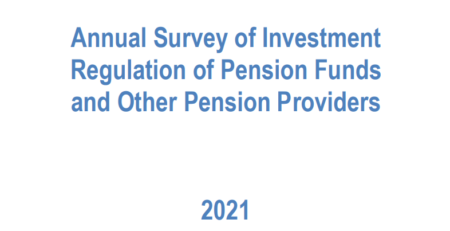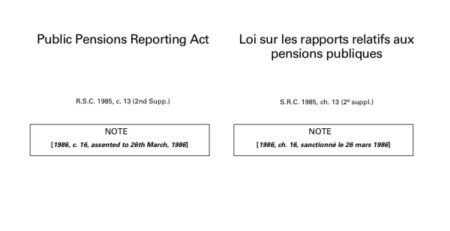Pension Taxes and Labor Supply: Evidence from a Soviet Context
By Olga Malkova (University of Kentucky – Department of Economics)
This study quantifies the effects of Soviet Russia’s 1960s reforms that gradually reduced the tax rate on pensions of employed pensioners from seventy-four to zero percent, and of the 1971 reform that substantially increased the minimum pension. The differential group eligibility and regional implementation allow me to use a differences-in-differences framework. Within a year after the tax rate fell from seventy-four to forty-one percent, employment rates rose by twenty-seven percent, implying an immediate extensive margin elasticity with respect to the net-of-tax labor income of 1.3. Five years later, employment rates rose by fifty-six percent, implying a longer-term elasticity of 2.8.
Source: SSRN










